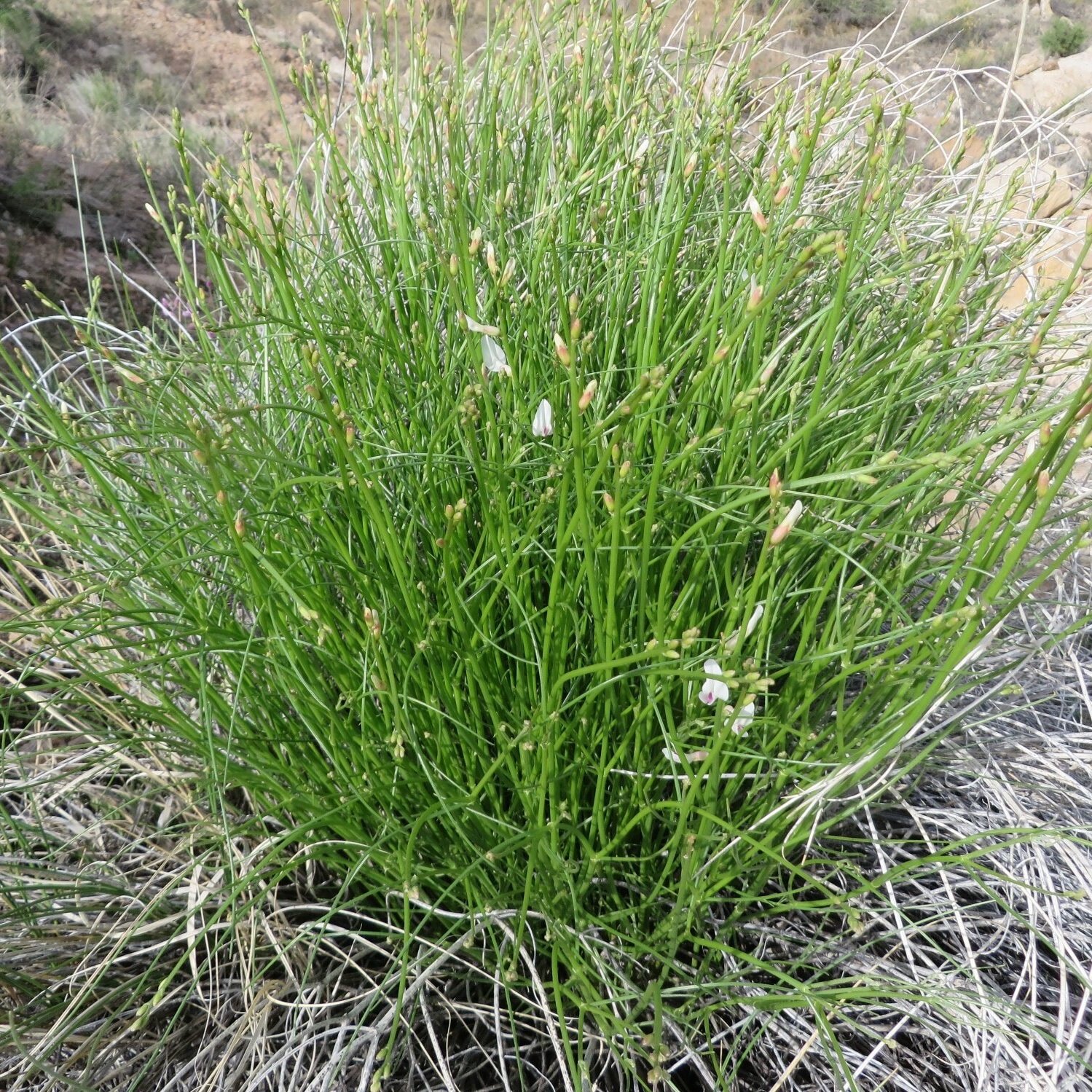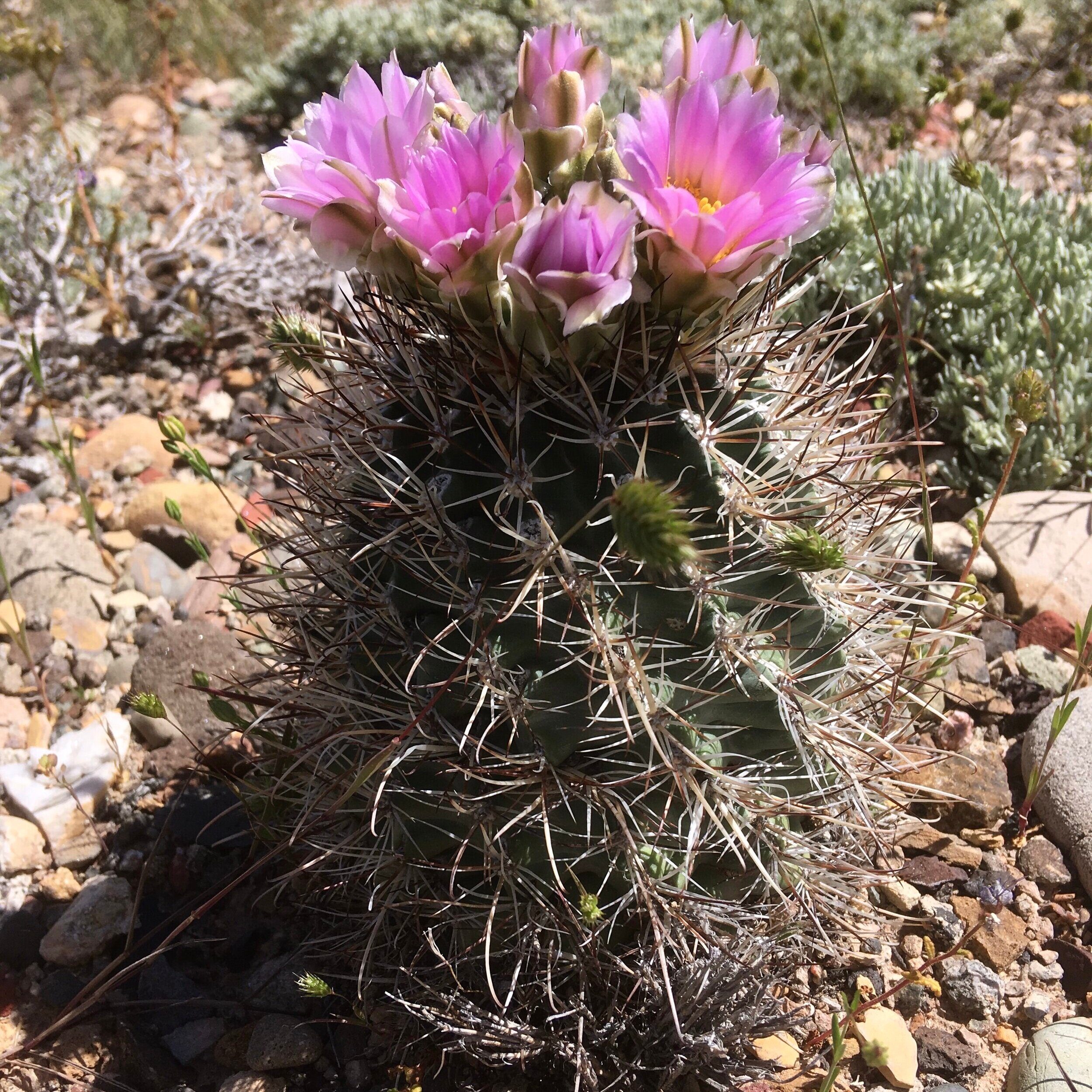MORE ABOUT THE LAND
OF Dominguez-Escalante NATIONAL CONSERVATION AREA
WHAT MAKES Dominguez-Escalante NCA SO SPECIAL? WE’RE HIGHLIGHTING SOME OF THE NCA’S MOST SIGNIFICANT Features.
Rare Plants



Dominguez-Escalante NCA is home to several species of rare plants, most notably the Colorado hookless cactus (Sclerocactus glaucus), the Grand Junction milkvetch (Astragalus linifolius), and the helleborine orchid (Epipactis gigantea). Keep your eyes out for these plants next time you go on a hike! And remember, these rare plants must be treated with the utmost respect; collection of these plants is illegal.
Colorado hookless cactus - This cactus ranges in size from being as small as a grape to as big as a football. During much of the year, the cactus shrinks in size (and sometimes even shrinks below the ground!) when regular rainfall is not present. They are most noticeable in April and May when a showy magenta flower blooms from the stem. Look for them on exposed hillsides.
Grand Junction milkvetch - You guessed it - the Grand Junction milkvetch is only found within a 300-mile radius of Grand Junction. The plant has small, delicate white flowers and can be found on dry hillsides. The plant thrives in selenium-rich soil.
Helleborine orchid - This beautiful orchid is very rare in Colorado as it can only survive in a few habitats with special soil and water requirements. In D-ENCA, the orchid can be found in hidden hanging gardens along the seeps in the canyon walls.
Cultural Significance
The Colorado Plateau has a rich history of Native American habitation, and Dominguez-Escalante is no exception. For thousands of years, the canyon walls have been marked by petroglyphs and pictographs, telling a story of Native Americans’ past. Archaic style carved deer, elk, and anthropomorphized human-animal figures have been traced back to 1000 B.C. Much of the more modern Ute rock art was done between 1600 and 1880 B.C. and illustrates shield figures, bison, and more. The pinyon-juniper landscape of D-ENCA remains incredibly important to the Ute tribe today.
Historical Significance
The landscape of D-ENCA was first put on the map in 1874 as part of the Hayden expedition to map the Western Slope. It was named after two Franciscan friars, Father Atanasio Dominguez and Silvestre de Escalante, who led a previous expedition through the region in the late 1700s; however, they never set foot in what is now Dominguez-Escalante NCA. Starting in the late 1800s, homesteaders settled in the area and began a rich history of cattle ranching within the canyons. Historic cabins remain of some of the early homesteaders to the area including Captain Smith and Harry Walker. The landscape was also known to be an excellent hideaway for outlaws and bank robbers. There is certainly no shortage of history in D-ENCA!


